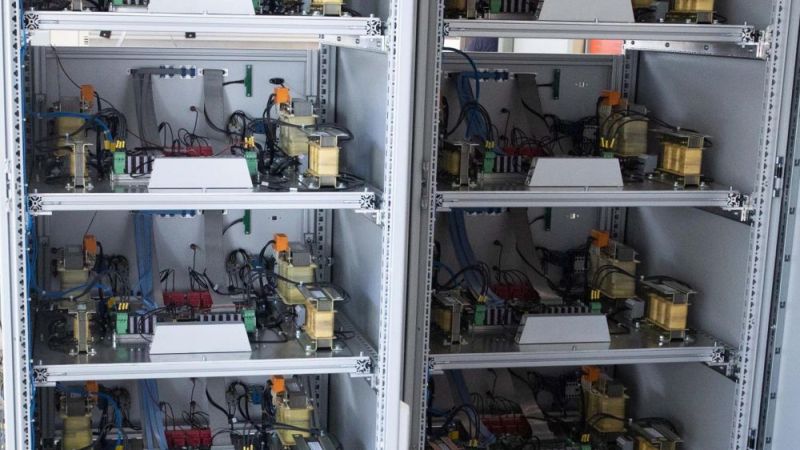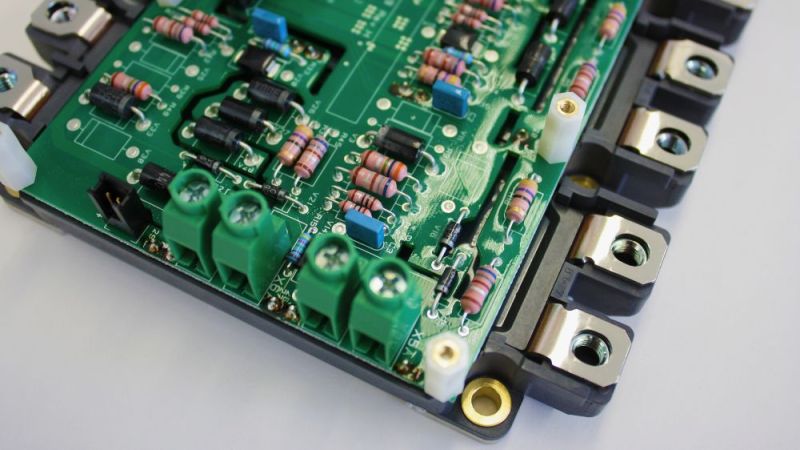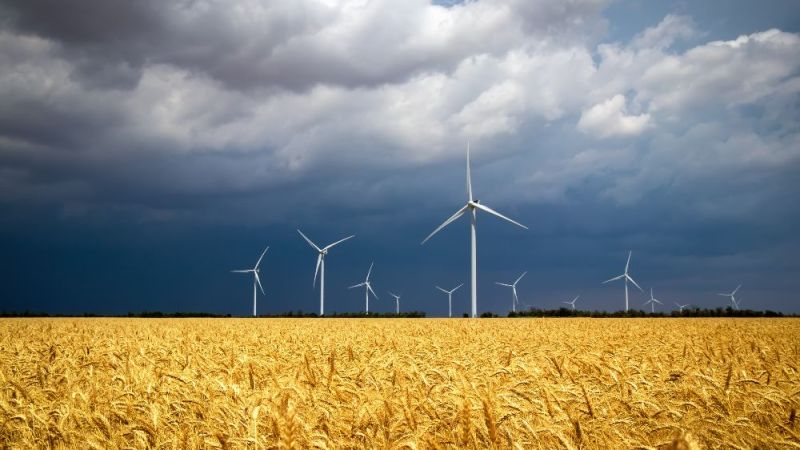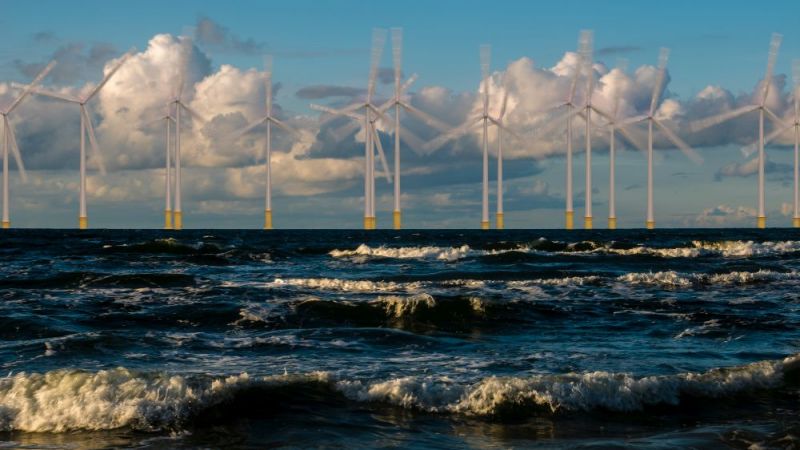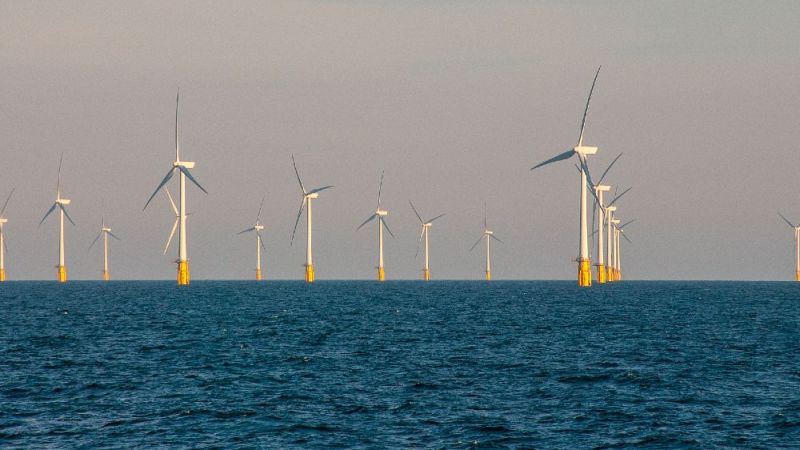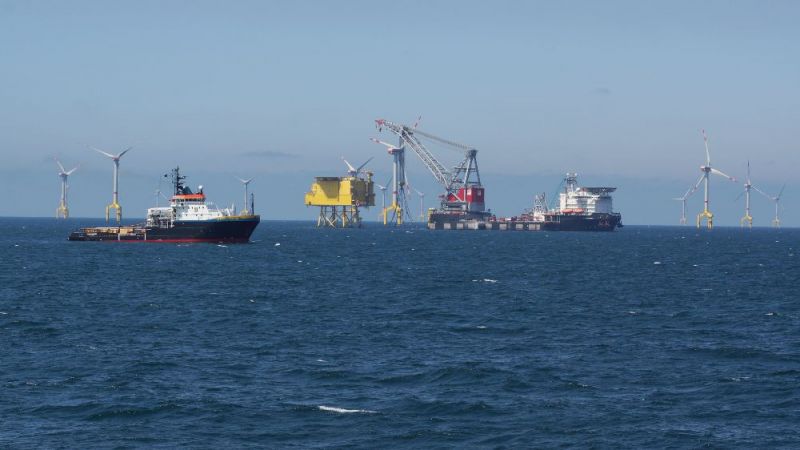Wind power
Wind Day: Research projects strengthen expansion
Good news for sustainable climate protection on today's Global Wind Day: The cost of electricity from wind power keeps getting cheaper. More and more turbines are turning around the world. Researchers contribute significantly to this positive development with their project results.
Use of wind power is crucial to the successful implementation of the energy transition. Despite comparatively poor wind conditions, it made the largest contribution to electricity generation from renewable energy sources in Germany in 2021. This means that it remained the most important energy medium ahead of lignite in this rather windless year. Onshore wind turbines generated about three quarters of the wind power, while offshore turbines generated one quarter.
Decreasing costs, increasing numbers
Since 2010, the cost of electricity from onshore wind power has fallen by 56 per cent and offshore by 48 per cent. Technical developments in wind turbines – such as increased hub heights and larger rotor blades – have led to significantly lower electricity prices in the last ten years. This is shown in this report by the International Renewable Energy Agency (IRENA).
Wind turbines dominate the landscape in more and more regions of the world. The latest Global Wind Energy Council (GWEC) report outlines that by the end of 2021, 837 gigawatts of wind power output was installed onshore and offshore worldwide. More than a third of this, 338 gigawatts to be precise, is located in China, followed by the USA with around 176 gigawatts and Germany with 63 gigawatts.
Research projects create space for additional wind power
Research institutions and companies are continuously working to further reduce the cost of power from wind energy and to increase the reliability of the plants. Scientists are also investigating how and where more space can be gained for the construction of wind turbines and how to increase public acceptance of this sustainable technology.
A direct consequence of a research project is, for example, the following decision by the German government: From mid-2022, wind turbines can be built significantly closer to so-called omnidirectional radio range beacons. The team of the WERAN and WERAN plus research projects has proven this with precise measurements. The test distance to wind turbines around the omnidirectional radio range beacons of air traffic control is reduced to half.
Reducing stress - increasing acceptance
Researchers have conducted a long-term study on the effects of noise from wind turbines, the only one of its kind in the world. The researchers' aim was to learn: What causes nuisance? And what can be done about it? They have summarised their work on the TremAc research project in a brochure.
Reducing costs for offshore installations
Offshore wind turbines stand on monopiles, heavy steel pipes that are driven into the seabed. Teams of scientists have optimised the manufacturing process of these steel pipes in order to reduce the costs of offshore plants in the future. The results of the DRIFT research project represent an important milestone and promote efficient and safe production of monopiles.



